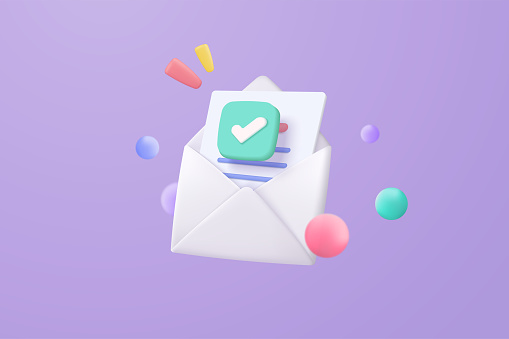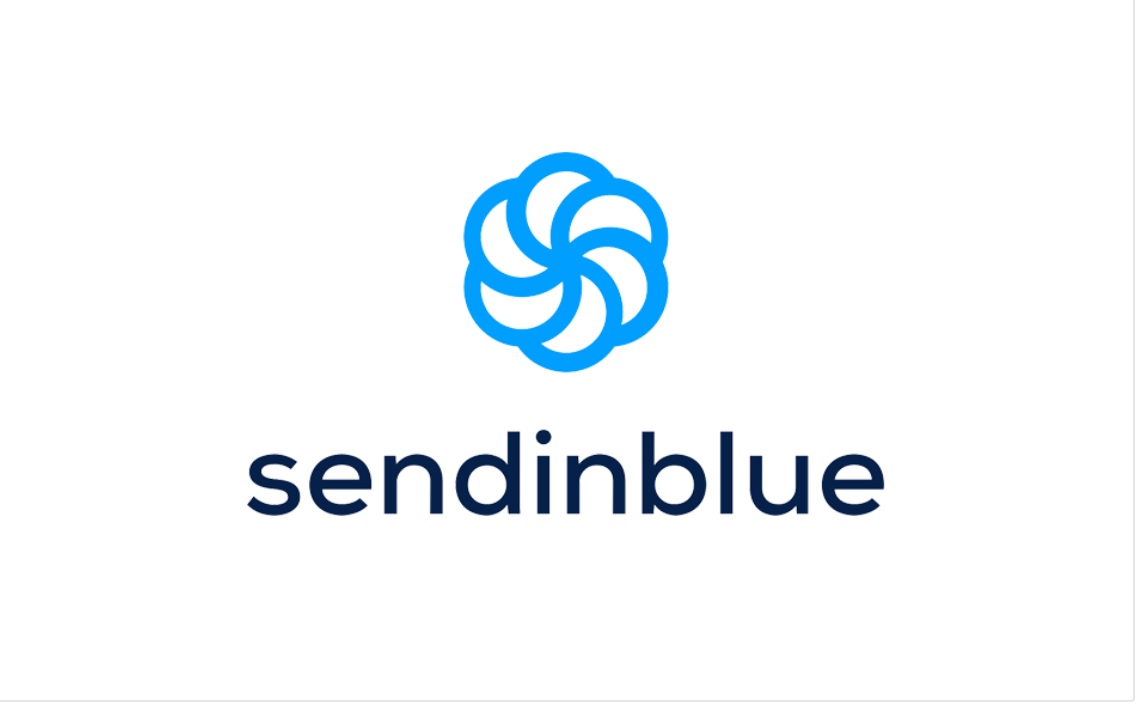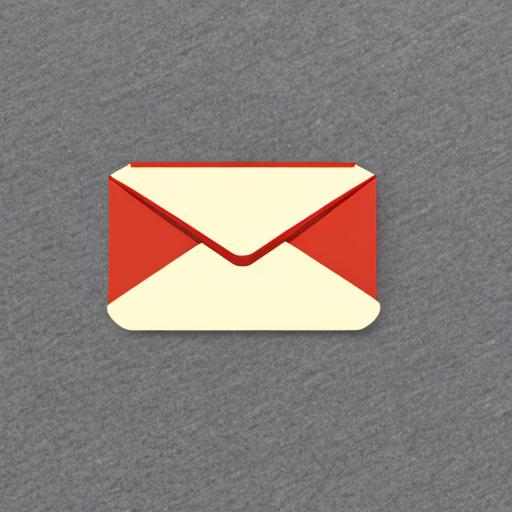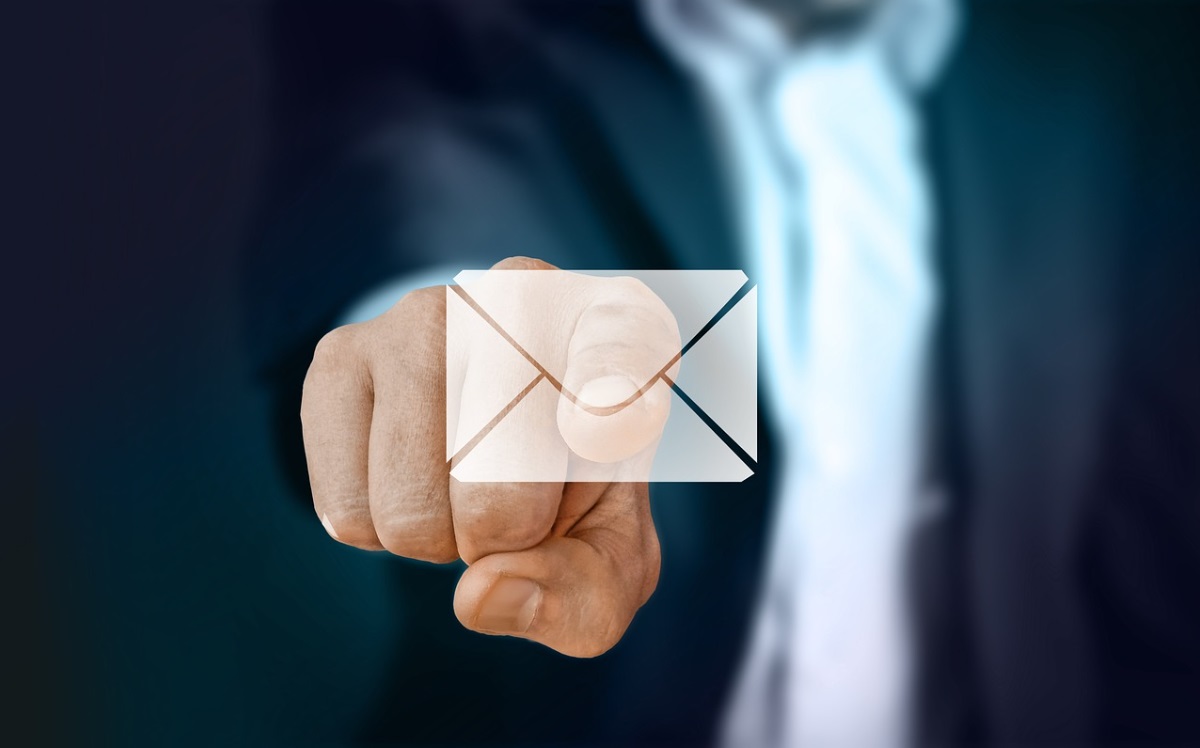If you’re a salesperson, contractor, or even an employee, you certainly know the importance of follow-up emails . It can be difficult to know what to say in an email to get the recipient going, and it’s easy to come across as pushy or boring. However, a well-crafted follow-up email can make all the difference in closing a deal or getting someone to respond. In this article, I’ll give you some tips on how to write a compelling and effective reminder email.
The importance of follow-up emails
Follow-up emails are an essential part of any commercial communication strategy. They ensure that your message has been received and acted upon, and they show that you are committed to your business and your customers. By sending a reminder email, you show that you value the recipient’s time and attention and are willing to put in the effort to get things done.
Understanding the Psychology of Reminder Emails
To write a perfect email to effectively follow up with an inactive customer on a purchase or a supplier on an invoice, it is important to understand the psychology behind it. People are busy and may not have had a chance to respond to your initial message. By sending a follow-up email , you give them a slight boost and remind them of the value of your message.
Whether you’re a freelancer, contractor or employee, it’s also important to remember that people react to different types of messages. Some prefer a direct approach, while others respond better to a more personalized message. Knowing the recipient and what motivates them can help you design a follow-up email that resonates with them to reactivate them without harassing them.
The Anatomy of a Compelling Follow-up Email
A reminder email can be an email to remind a creditor, for an order process, to remind you of unpaid rent, a collection procedure or other reasons. But the most important thing is that your follow-up email must be convincing and concise, clear and direct. It should have a clear subject line that summarizes the content of the email and a short introduction that reminds the recipient of the previous communication. The body of the message should briefly recap the main points and make a clear call to action.
It’s important to keep the tone of the email professional but friendly, and avoid being too pushy or aggressive. By being polite and respectful, you are more likely to get a positive response.
10 important reasons why you need to master writing a follow-up email
- Performing regular follow-ups with its customers helps build customer loyalty and increase its conversion rate.
- Resuming your applications well can make the difference when looking for a job and help you get an interview.
- Mastering recovery strategies is crucial for micro-entrepreneurs and e-merchants looking to grow their business and win new customers.
- By automating the reminder process by email, we can save time and optimize the management of outstanding amounts and debt collection.
- Writing your follow-up messages well by phone or email is essential to avoid harassing your interlocutors and to maintain high customer satisfaction.
- Reminder emails are an effective tool for reminding customers or prospects of late payment of their invoices and avoiding non-payment.
- By sending regular reminders, you can revive inactive customers and maintain an active business relationship.
- Reminder emails make it possible to reactivate abandoned baskets and increase conversion rates as part of an e-commerce activity.
- The implementation of a follow-up strategy makes it possible to effectively manage unpaid bills and avoid late payment penalties or disputes with customers.
- By automating the reminder process, you can send personalized reminder emails according to payment deadlines and reminder levels, for debt collection for example.
The different types of reminder emails
There are several types of reminder emails, and the one you choose will depend on the situation. A soft reminder email is a simple reminder that the recipient has not responded to your initial message. A value-added email provides additional information or resources that may be of interest to the recipient. A deadline email reminds the recipient of an upcoming deadline or event.
When choosing the type of reminder email to send, it’s important to consider the recipient’s needs and preferences.
Characteristics of a follow-up email that grabs attention
To make your follow-up email stand out, it’s important to include attention-grabbing elements. It can be a personalized greeting, a relevant statistic or fact, or a reference to a previous conversation or meeting. By showing that you’ve taken the time to research and understand the recipient’s needs, you’re more likely to get a positive response.
It is also important that the email be visually appealing and easy to read. Use bullet points or numbered lists to break up text, and include images or graphics if necessary.
Some best practices for writing a reminder email
There are a few best practices to follow when writing a reminder email. These include:
Write a perfect intro sentence
The opening sentence of your email is essential to grab the recipient’s attention. It should be concise, relevant and engaging. Consider using a question or statement that piques the recipient’s interest and avoid generic polite phrases such as “Madam, Sir.”
Use persuasive language in body text
The body of your email should be persuasive and compelling. Use language that emphasizes the value of your message and emphasizes the benefits of taking action. Make sure your message is focused and precise, and avoid unnecessary details or jargon.
End your reminder email with a call to action.
The call to action is the most important part of your reminder email. It should be clear, concise and action-oriented. Use language that encourages the recipient to take action and give them clear instructions on what to do next.
Best Practices for Sending Reminder Emails
To maximize the effectiveness of your reminder email, it is important to follow certain best practices when sending it. These include in particular:
Timing is key
Pick the right time to send your reminder email. Avoid sending it too early or too late, as it may seem pushy or boring. Consider the recipient’s time zone and schedule, and pick a time when they’re most likely to be available.
Use a professional email address
Be sure to use a professional email address when sending your reminder email. This will establish your credibility and show that you take your business seriously.
Personalize your message
Personalization is key to making your reminder email stand out. Use the recipient’s name and reference previous conversations or interactions to show that you took the time to understand their needs.
Examples of Successful Reminder Emails
To inspire you, here are some examples of successful reminder emails:
Example 1
Subject: Quick follow-up to our conversation
Hello [Recipient],
I wanted to go back to our conversation last week regarding [subject]. I know you’re very busy, but I wanted to remind you of the value of [your product/service]. Our team has been working hard to develop some exciting new features, and I think you’ll find them very useful.
If you would like to know more, please let me know and we can schedule a call at your convenience.
Please accept, Madam, Sir, the expression of my best regards,
[Your name]
Example 2
Subject line: Don’t miss this opportunity
Hello [Recipient],
I hope this email finds you in good health. I wanted to remind you of the next deadline for [event/opportunity]. This is a great opportunity to [take advantage of], and I think you would be the ideal candidate.
If you have any questions or concerns, please let me know. I will be happy to help you as much as possible.
Please accept, Madam, Sir, the expression of my best regards,
[Your name]
Conclusion: Implement a winning follow-up strategy
In conclusion, follow-up emails are an essential part of any business communication strategy. By understanding the psychology of reminder emails and crafting your message well, you increase your chances of getting a positive response. Remember that your message should be concise, clear and precise, and that it should be personalized as much as possible.
By following these best practices and using some of the examples provided, you can implement a winning follow-up strategy that converts. So don’t hesitate to give it a try – you never know what opportunities may arise!
What are the common mistakes to avoid when writing a follow-up email?
How to politely introduce the follow-up in the email?
What phrases should be used to encourage a quick response?
How to ensure that the follow-up email is clear and concise?
How to end the follow-up email in a professional and courteous manner?
How often can you chase someone up without being too pushy?










